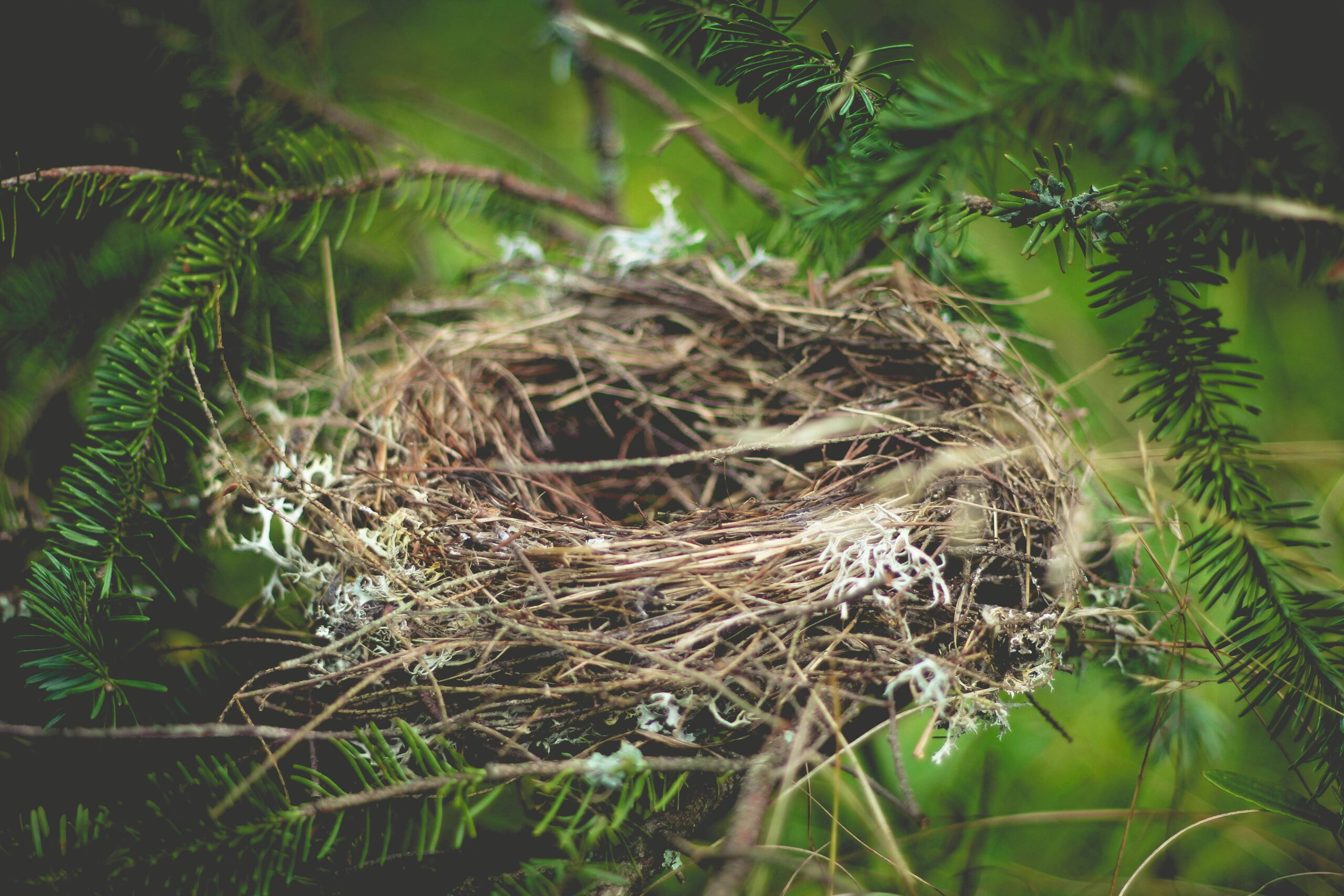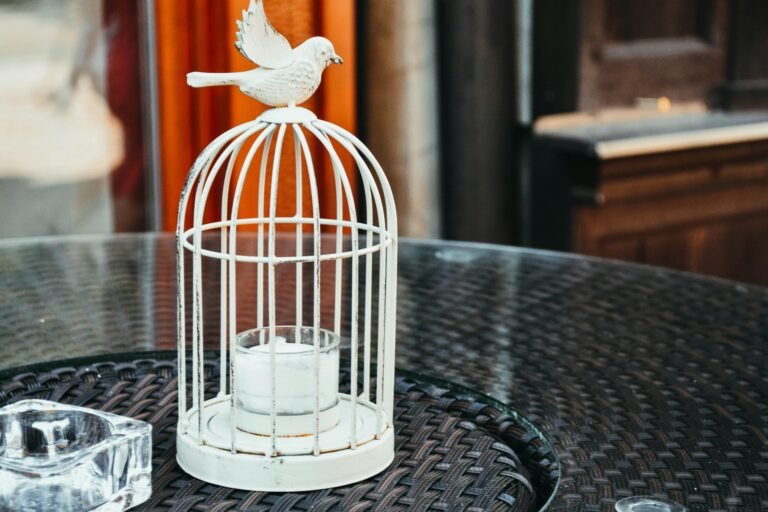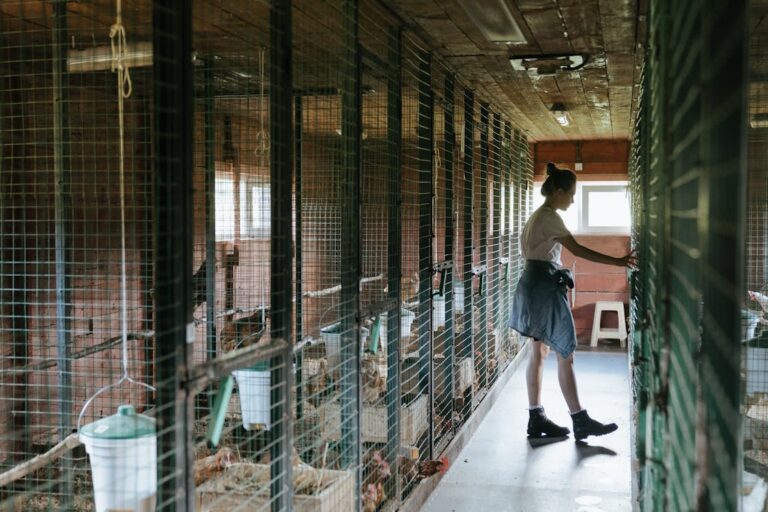Magpie Nest Secrets: How These Clever Birds Build Their Homes

Hey everyone, welcome back to Feathered Mates! Today I will talk to you about Magpie Nest. My place of birth is Bangladesh. Doel is the national bird of Bangladesh. This bird is known as magpie by people all over the world. Magpie birds can be found everywhere in Bangladesh. I have been interested in petting and learning about birds since I was very young. So I will try to highlight the important facts I know about magpie nests in this guide.
Magpies, those clever and curious birds we often see perched on fences or flitting between trees, have long captured the fascination of bird enthusiasts and casual observers alike. One of the most intriguing aspects of their behavior is the way they construct their nests. This deep dive into the topic of magpie nests, including black-billed magpie nests and the nesting habits of these remarkable birds, will uncover everything you need to know about their unique nesting rituals and structures.
Understanding Magpie Nesting Habits
Magpie nesting typically begins in early spring. As the season turns warmer, pairs of magpies search for suitable sites to establish their homes. While the primary breeding season occurs from late March to early June, some magpies may start their nest-building efforts as early as February, depending on local conditions and the availability of resources.
Nesting magpies are known for their architectural skill. Unlike many birds that build relatively simple, open nests, magpies take their time to create sturdy, dome-shaped structures. These nests serve as safe havens for their eggs and chicks, protecting them from predators and harsh weather conditions.
The Art of Nest Building
Like many other birds, magpies are expert architects. Despite their seeming simplicity, their nests are the product of painstaking work and careful material selection. Magpie birds usually prefer to build their nests in safe places. Because their main goal of building a nest is to keep themselves safe and take proper care of their young and eggs. Magpies usually use small twigs of different plants to build their nests.
Magpie Nest Construction: A Labor of Love
Constructing a magpie nest is a monumental effort. Both members of a mated pair work together, collecting twigs, branches, and other materials. The process can take several weeks or even months, as magpies ensure every detail is just right. Their nests often feature two distinct chambers: one for roosting and another for egg-laying. This thoughtful design highlights the magpies’ intelligence and ability to adapt their homes to meet the needs of their growing family.
Magpies’ nests can be quite large, sometimes exceeding a meter in diameter. The outer layer is composed of larger sticks and branches, which provide structural stability. The inner chamber is lined with softer materials like grass, mud, and even pieces of fur or feathers. These finishing touches create a comfortable, insulated environment for the eggs and, eventually, the chicks.
Why Do Magpies Build Domed Nests?
The dome shape of a magpie’s nest is a defining feature. This enclosed structure offers several advantages. First, it provides excellent protection against predators. The dense outer layer of sticks and the closed canopy make it difficult for other birds or animals to access the eggs or young chicks inside. Second, the dome helps regulate temperature and humidity, ensuring that the developing eggs remain warm and moist in various weather conditions. Finally, the covered design helps shield the nest from rain, snow, and direct sunlight, increasing the chances of survival for the chicks.
In urban areas, where magpies often coexist with humans, these birds have been known to incorporate unconventional materials into their nests. Wire, plastic, and other man-made items sometimes find their way into magpie nests, demonstrating the birds’ adaptability and resourcefulness.
Black-Billed Magpie Nests: A Closer Look
The black-billed magpie is a bird that really catches your eye. With its glossy feathers and clever ways, it’s no wonder people remember it. When it comes to building their homes, these magpies have a unique style. They prefer dome-shaped nests, just like other magpies, but they’re not too picky about where they build them.
You’ll often see them putting their nests high up in tall trees or big shrubs, where they can easily watch out for danger. If there aren’t many trees around, they’ll find other places—maybe a utility pole or an old building. They just need somewhere high and safe.
What makes these nests special is how well-planned they are. Each one has more than one chamber and is built to last. Thanks to their sharp minds and careful nesting habits, black-billed magpies have earned their place as some of the smartest birds out there.
The Cycle of a Magpie’s Nest
A magpie’s nest is like the heart of its life as a parent. Once the nest is finished, the female lays a small handful of eggs—usually four to seven. Then, for about three to four weeks, she keeps them warm and safe, never leaving them unguarded. During this time, the male magpie works hard, too. He watches over the nest, making sure no danger gets close, and he finds food for the female so she can stay focused on the eggs.
When the chicks finally hatch, the nest becomes a flurry of activity. The parents are nonstop busy, bringing bugs, tiny creatures, and even leftovers to feed their hungry young. The chicks grow quickly, and in about four weeks, they’re ready to take off. But they don’t go far—most stick around, relying on their parents for food and learning the ropes of survival.
Once the breeding season is over, magpies might leave their nests behind. Sometimes they come back the next year, using the same nest again. Other times, they move on to build new homes elsewhere. This cycle of building, raising chicks, and moving on shows just how much care and effort magpies pour into their nests—and how important these nests are to their lives.
Magpies and Their Nests in Popular Culture
Magpies have always stood out. Their nests aren’t just places to live; they’re symbols of clever thinking and creativity. People tell stories about magpies being smart, even outsmarting animals and humans. The way they build their nests, using all kinds of materials, shows just how resourceful they are.
In books and art, magpie nests often mean more than they seem. They represent planning ahead, feeling safe, and making a home for new life. Bird lovers and nature fans are constantly amazed by these nests, inspired by how magpies can create such cozy, secure places even when the odds are tough.
Conservation and the Future of Magpie Nests
Magpies aren’t in danger right now, but their homes are feeling the strain. Cities and environmental shifts are making it tougher for them to find good places to live. By protecting nature and planting trees and shrubs, we can give magpies safe spots to nest and raise their young for a long time to come.
Click here to know Magpie Lifespan: How Long Do Magpies Live?
Simple steps, like putting up nesting platforms or keeping green spaces connected, can go a long way. These efforts help magpies flourish, even as they share the world with us. When we understand the care magpies put into building their nests, it’s easier to see how important they are to our environment. By caring for their homes and finding ways to live in harmony, we can keep magpies around and let future generations experience the joy and wonder these amazing birds bring.
It can be said that birds are very peaceful creatures and they always fascinate us with their behavior. Hope you got to know a lot about Magpie Nest. If you are a bird lover, Stay with us to learn about the right bird selection, bird care, birds nests and all things related to birds. May the relationship between you and your pet become stronger.







